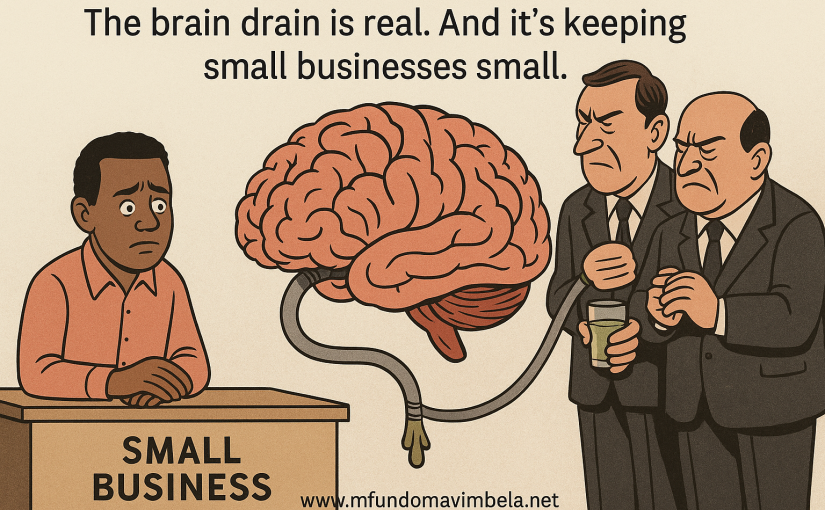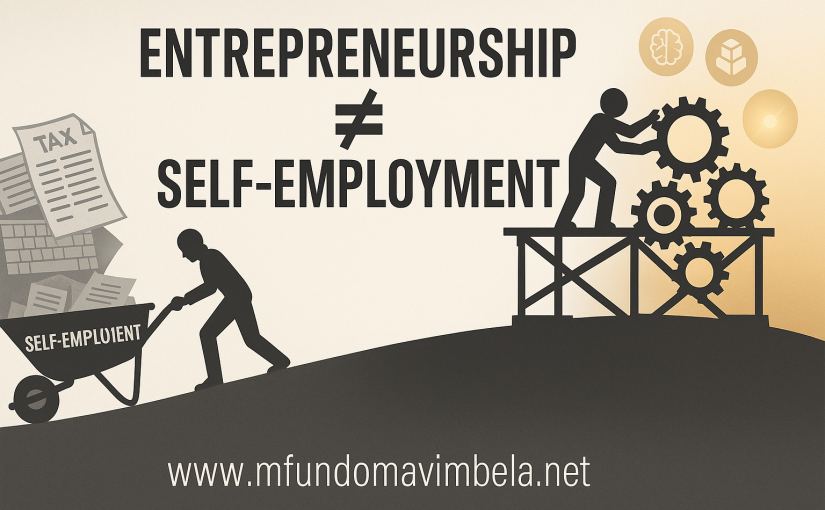Every brand starts by earning attention. The hard part is keeping it.
When a new campaign launches, everyone notices. It feels fresh, different, even exciting. Then something strange happens. A few months later, people stop reacting. The same visuals, the same tone, the same message that once felt alive now pass unnoticed. Nothing seems wrong with the work — but somehow, no one cares.
That’s what psychologists call cognitive set. It’s the brain’s way of getting efficient. Once it recognizes a pattern, it stops paying attention to it. The first time you hear a song, you feel every note. By the fifth time, you hum along without listening. The same thing happens with brands. Once the brain predicts what you’re going to say or show, it tunes you out.
This is the moment where most marketing dies quietly.
Priming, as we discussed earlier, is what helps people feel comfortable and emotionally ready to connect with your brand. It creates familiarity, safety, and recognition. But once people become too familiar, you enter dangerous territory — predictability. And predictability is the enemy of attention.
That’s where pattern disruption comes in.
Pattern disruption is the art of breaking expectation just enough to wake people up again. It’s a small but deliberate break in rhythm — not to shock, but to refresh perception. When something interrupts our mental autopilot, the brain releases a quick burst of dopamine, the chemical of attention and curiosity. Suddenly, the mind says, “Wait, that’s new. Look again.”
You see this in storytelling, design, even human behavior. A pause in a speech that lands unexpectedly can be more powerful than the next line. A silence in a song can make the return of sound feel larger than life. In marketing, a surprising shift in tone, image, or format can make an old brand feel new again without changing what it stands for.
One of the best articulations of this philosophy comes from TBWA, the global agency that built its entire creative framework around a single word: Disruption®.
TBWA’s idea of disruption isn’t chaos. It’s about challenging the conventions that keep categories predictable and consumers asleep. Every industry, every audience, every brand operates within a set of rules — the “cognitive set” of that market. TBWA’s Disruption method works by identifying those rules and then intentionally breaking one, just enough to make people see things differently.
It’s not rebellion for the sake of it. It’s controlled defiance with a purpose.
That’s why their work for brands like Apple, Nissan, and Adidas felt so alive — not because the ads were loud, but because they broke expectation in meaningful ways. Apple’s “Think Different” didn’t introduce new technology; it reframed how people saw it. It broke the pattern of tech advertising, which was obsessed with features, and replaced it with emotion and philosophy. Suddenly, technology wasn’t about machines; it was about people who dared.
That’s pattern disruption at its highest level — not a new message, but a new lens.
When brands repeat themselves too long, they become like wallpaper. People stop seeing them, even when they’re right in front of their eyes. A billboard, a jingle, or a slogan that once sparked recognition becomes background noise. It’s not rejection; it’s indifference.
The irony is that this happens most often to successful brands. The more consistent they become, the more invisible they get. Familiarity breeds comfort, but comfort breeds blindness.
The solution isn’t to throw away consistency — it’s to renew it. Disruption is not about abandoning your brand; it’s about reintroducing it through surprise.
The brain needs small shocks of newness to stay engaged. A subtle visual shift, a new tone of voice, a campaign that breaks your usual rhythm — these moments remind people that you’re still alive, still thinking, still relevant.
Think of Coca-Cola’s “Share a Coke” campaign. For decades, Coca-Cola had been about happiness and togetherness — a message so familiar that people could recite it in their sleep. But when they printed people’s names on bottles, they didn’t change the message; they changed the entry point. Suddenly, the familiar red bottle became personal. The message was the same — connection — but the pattern was new. That’s disruption with purpose.
The same applies to smaller brands. A local café that always uses warm lighting might one day switch to candlelight evenings. A bank known for its steady tone might release a campaign about taking risks. A brand known for noise might suddenly go quiet — imagine an MTN billboard that’s completely yellow, no words, no logo, just the color. People would stop and stare. That’s what disruption does.
It’s important, though, to understand that disruption without clarity is just confusion. The best disruptions feel surprising but inevitable. They make you say, “I didn’t expect that,” and immediately after, “but it makes sense.”
TBWA calls this the sweet spot between convention and vision. You keep enough of what people recognize so they know it’s you, but you add enough newness to make them look again.
In a sense, it’s the same balance every artist, entrepreneur, and leader must find. You must be familiar enough to be trusted, and unpredictable enough to stay interesting. That’s what keeps both people and brands alive — the rhythm of comfort and surprise.
So, when your marketing starts feeling invisible, it might not be because it’s bad. It might just be because it’s too good at being expected. The job then isn’t to start over. It’s to disrupt yourself — on purpose, with intent, guided by meaning.
Because in a world where attention is the most valuable currency, familiarity alone won’t make people see you. Surprise will.



